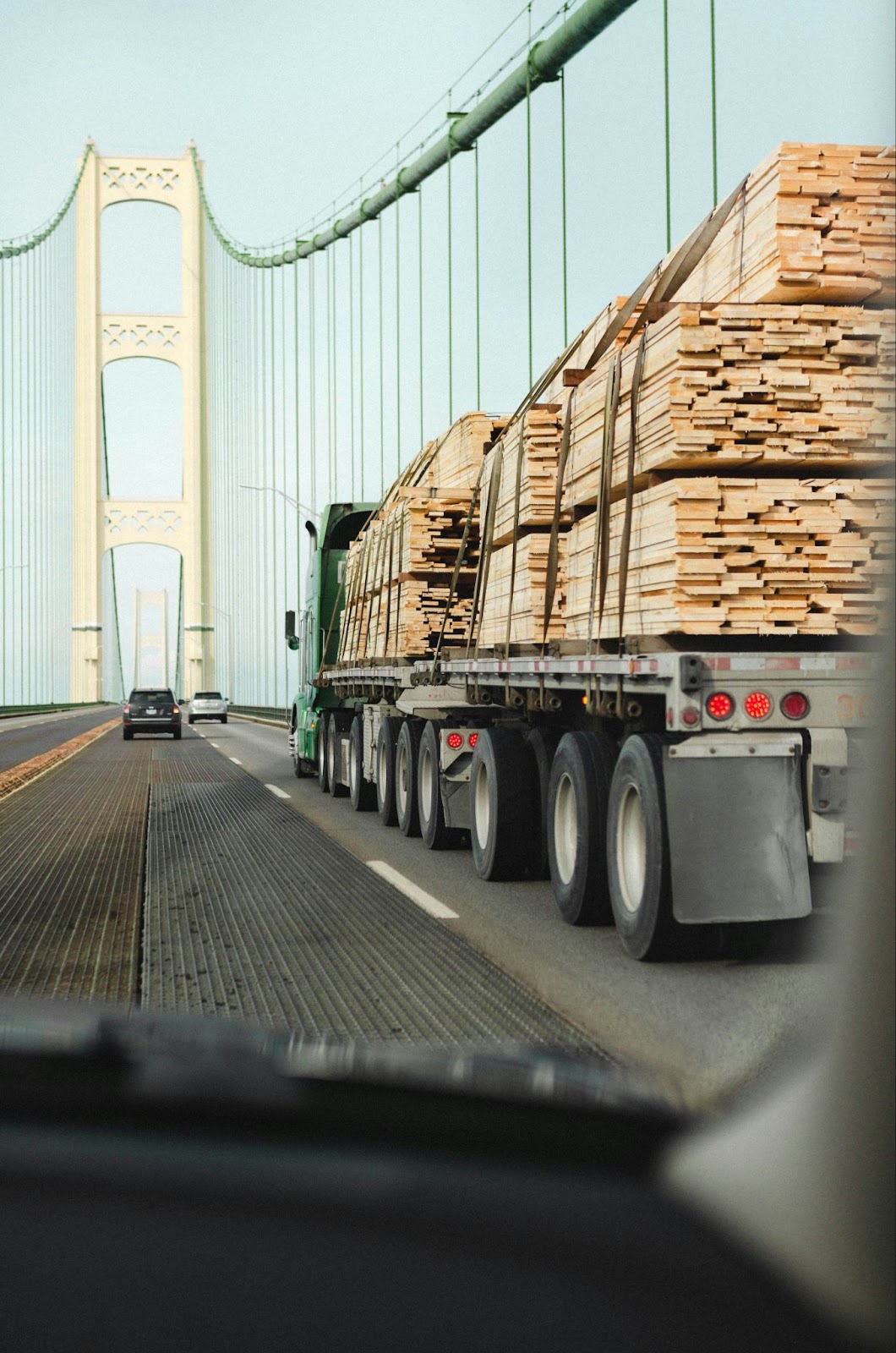Emerging Technologies Transforming Trucking in 2024
- Autonomous Vehicles: With increased AI development, companies like Waymo and TuSimple are pioneering self-driving trucks that can reduce labor costs by up to 30% and increase delivery efficiency by the same magnitude.
- Electric Trucks: Tesla and Rivian continue to lead in electric fleets, reducing carbon emissions by as much as 20% and saving $200,000 on fuel costs during a truck’s lifetime.
- Logistics on the Blockchain: Giants like IBM are deploying the blockchain to bring complete transparency and security, hence reducing freight theft by 50%.
- Smart Fleet Management Systems: Real-time data analytics optimize routes, with a potential to save businesses up to 15% operationally.
Economic Trends Affecting Freight Demand
As 2024 is underway, economic dynamics continue to reshape freight demand within the trucking industry amid an amalgamation of geopolitical change, consumer behavior, and shifting regulation. In the midst of the global push toward e-commerce, especially a forecasted 12% increase in online sales, the requirement for agile and responsive freight solutions keeps increasing. While geopolitical tensions and tariff adjustments have companies rethinking supply chains-fueling an increase in domestic freight activity-interest rate policies by the U.S. Federal Reserve could influence investment in infrastructure and unlock new logistics corridors. Companies like C.H. Robinson already use predictive analytics to anticipate demand fluctuations and therefore are better positioned to react much faster to such constantly changing economic climates with greater resilience and at a competitive advantage.
Regulatory Changes and Challenges to Compliance
Other hurdles the trucking industry will have to cross in 2024 are regulatory changes and compliance challenges. For instance, stricter emission standards-forced by global climate commitments-force fleets to add cleaner technologies or pay massive fines. Proposed updates by FMCSA to Hours of Service regulations may help strengthen driver safety, yet the cost for operational schedule changes is likely to be substantial. But that’s going to get even worse with pending ELD requirements for smaller fleets and owner operators. That’s why companies such as Schneider National are looking into compliance management software. With it, there’s tracking of regulatory changes in real time. This means changes can be made well in advance, with minimal disruption. The owners need to stay competitive, ahead of regulation bodies proactively, enroll in pilot programs, and further educate their personnel on best practices in compliance.
Fuel Efficiency and Sustainability Innovations
In the year 2024, fuel efficiency and sustainability mark the new definition of operational success in the trucking industry. Fuel technologies like renewable diesel and hydrogen fuel cells are emerging with huge decreases in GHG emissions. For example, renewable diesel can reduce lifecycle emissions by up to 80% compared to conventional diesel, according to the California Air Resources Board. Meanwhile, hydrogen fuel cells-where companies like Nikola are making their bet-offer zero-emission motoring and a comparable range to diesel, thus opening up opportunities for long hauls. With alternative fuels, aerodynamics is in for a sea change with the introduction of advanced trailer skirts and lightweight composite materials that improve fuel economy close to 10%. The fleet operators are also leaning toward AI-driven telematics systems that avail real-time insights into the usage pattern of fuel to allow wiser route choices for further eco-efficiency. Such improvements will meet the ecological objectives and guarantee strong operational expenditure reduction, enabling trucking companies to be competitive in an ecology-conscious market that is on the rise.
Workforce Dynamics: Driver Shortage Challenges
- Improved Training Programs: Companies like Schneider National have focused on investing in comprehensive training to attract a more youthful workforce, with the training programs reducing driver onboarding time by 30%.
- Flexible Schedules: Offering part-time and flexible routes can equate to better work-life balance, retaining up to 15% more drivers.
- Diverse Recruitment Strategy: Embracing diversity and targeting underrepresented groups could increase the talent pool up to 25% of the total, including targeting females and veterans.
- Technology-Assisted: Advanced telematics and driver-assist technologies will reduce fatigue and enhance the job satisfaction of drivers, leading to a rise of 20% in the retention of jobs.
Infrastructure Developments and Its Impacts on Logistics
In 2024, game-changing infrastructure developments in U.S. logistics will affect the trucking industry. From the Bipartisan Infrastructure Law, $110 billion is allocated for roads and bridges, including projects like the extension of I-69 in Indiana-a project smoothing out freight movement and increasing delivery speed by as much as 15%. These improvements are much-needed as trucking continues to be the backbone of supply chains, moving 72.5% of freight tonnage.
Further, it expands truck parking facilities around major corridors to solve several long-standing problems and potentially reduces driver downtime by as much as 20%. Smart road technologies will come with real-time traffic sensors that can ensure route optimization and cut fuel consumption by 12%. Trucking companies have to take strategic steps in these advancements of infrastructure development to create better operational efficiency and competitiveness.
Conclusion: Sailing the Future of Trucking Industry
With 2024 in vision, the trucking industry is poised on an edge carved out by rapid changes in technology, shifting regulatory environments, and dynamic economic cycles. Integration of autonomous vehicles, electrical trucks, and blockchain technology enhances efficiency with more transparency, thereby carving a route toward sustainability and profitability. With the expected growth in e-commerce and a constantly changing global economic landscape, trucking companies will have to be agile, responsive, and able to use predictive analytics to remain competitive.

